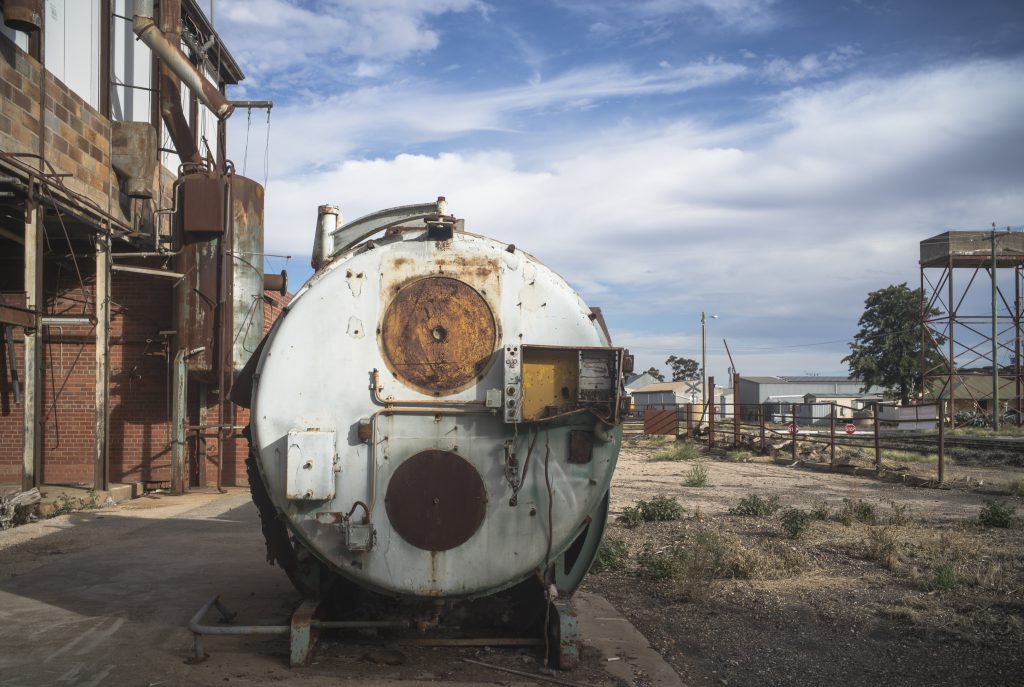The Mallee (NSW, SA, Victoria) was viewed as the Land of Promise in the early 20th Century, after the failure of pastoralism in the 19th century. Economic prosperity, it was held, would result from land clearance, agricultural development (wheat initially) and the building of railway lines to transport the grain to the coastal ports for export to Britain. The 1980s, with its collapse of the agricultural boom, was the decade when this pioneer, settler dream of an agricultural paradise unravelled, disintegrated and collapsed.
The ‘dying town’ syndrome of rural Australia, with its unravelling of communities’ social fabric of the settled landscapes, was dramatically represented in the drylands, wheat region of the Mallee. The de-population of the Mallee continued during the first two decades of the 21st century: people continue to vacate their farms and small towns and to resettle in the larger regional centres that offered greater social and economic opportunity.

The photography in both stages of Photographing the Mallee is rooted in the realist and topographical tradition. In travelling the highways of modernity, the photographers pull up and look to the side, gaze at the ordinariness of space, and draw attention to the neglected, the detritus and the idea of the unseen.

